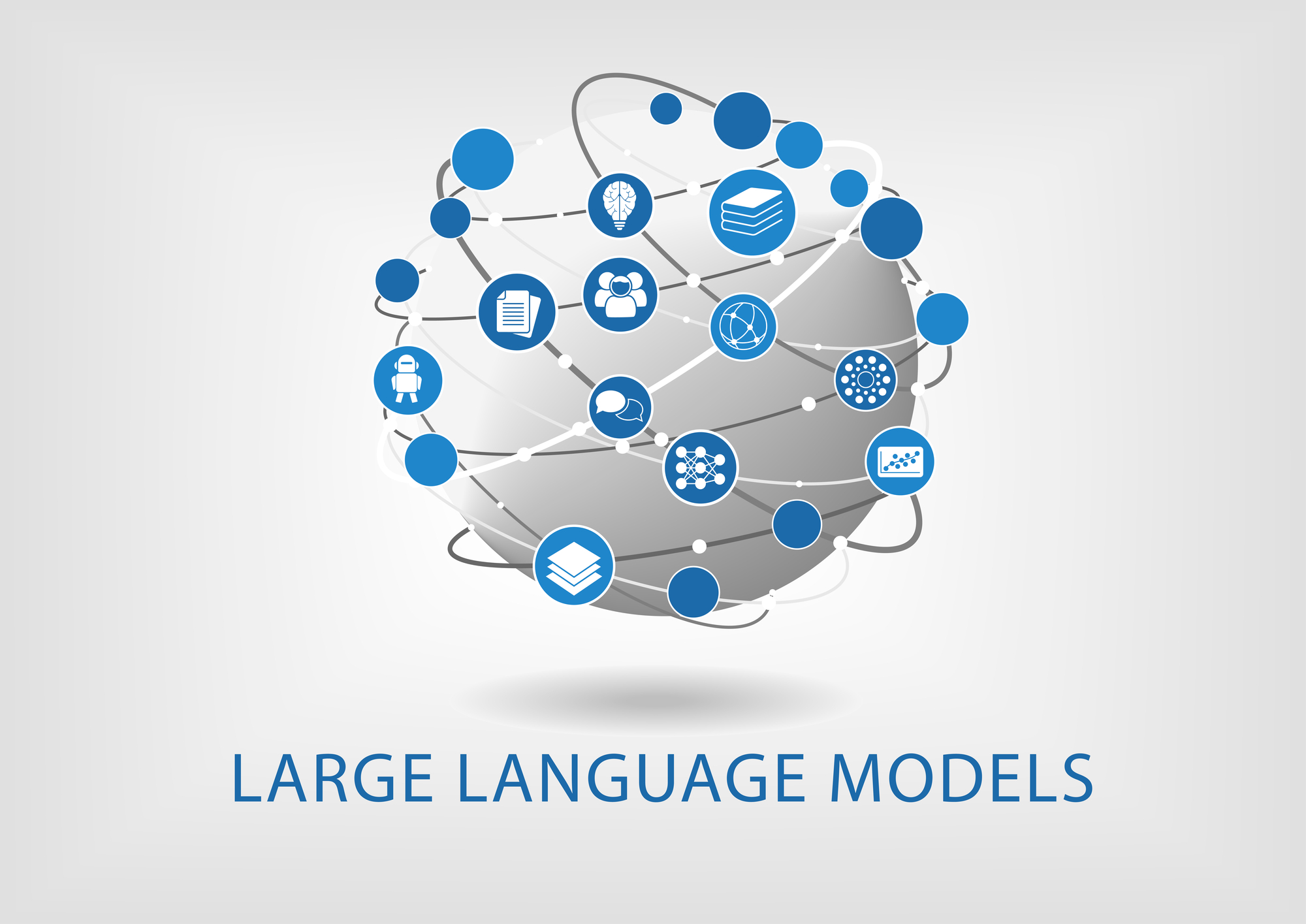
Brands are under increasing pressure to deliver exceptional and customized customer experiences. The secret weapon? Artificial Intelligence (AI). By leveraging AI tools, companies can not only enhance the customer journey but also optimize every touchpoint for maximum impact. From personalization to operational efficiency, AI is transforming how businesses interact with their customers – and the results speak for themselves.
The Power of Inference and Contextual Strategies
At the heart of any successful customer experience strategy lies personalization. But true personalization goes beyond addressing a customer by name or recommending products based on past purchases. It’s about understanding intent, predicting needs, and delivering value at the right moment in the right context. This is where AI shines.
AI-powered inference engines analyze vast amounts of data to uncover patterns and insights that humans might miss. For example, by examining browsing behavior, purchase history, and even sentiment expressed in social media posts, AI can infer what a customer is likely looking for next. These insights enable brands to craft hyper-relevant messages and offers tailored to individual preferences.
Contextual strategies further amplify this approach. Imagine a customer who abandons their shopping cart. Instead of sending a generic reminder email, AI can assess the situation in real-time: Was the item out of stock? Did they compare prices elsewhere? Armed with these details, the brand can send a personalized message – perhaps offering a limited-time discount or suggesting complementary items – to re-engage the shopper effectively.
By combining inference and context, brands create seamless, intuitive interactions that feel natural and valuable to customers. And when done well, these efforts lead to higher engagement rates, increased conversions, and stronger loyalty.
Aligning AI Goals with Business Objectives
While AI holds immense potential, its success hinges on alignment with specific business goals. Whether it’s boosting revenue, improving conversion rates, or enhancing engagement metrics, your AI initiatives must be tied directly to measurable outcomes.
Whatever the objective, AI works best when it supports – and accelerates – your broader business strategy.


